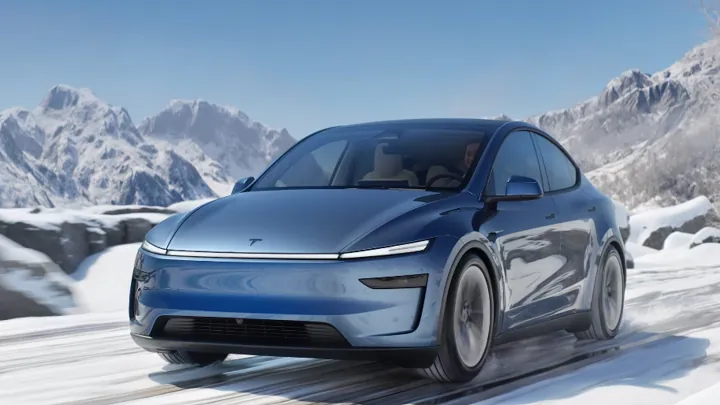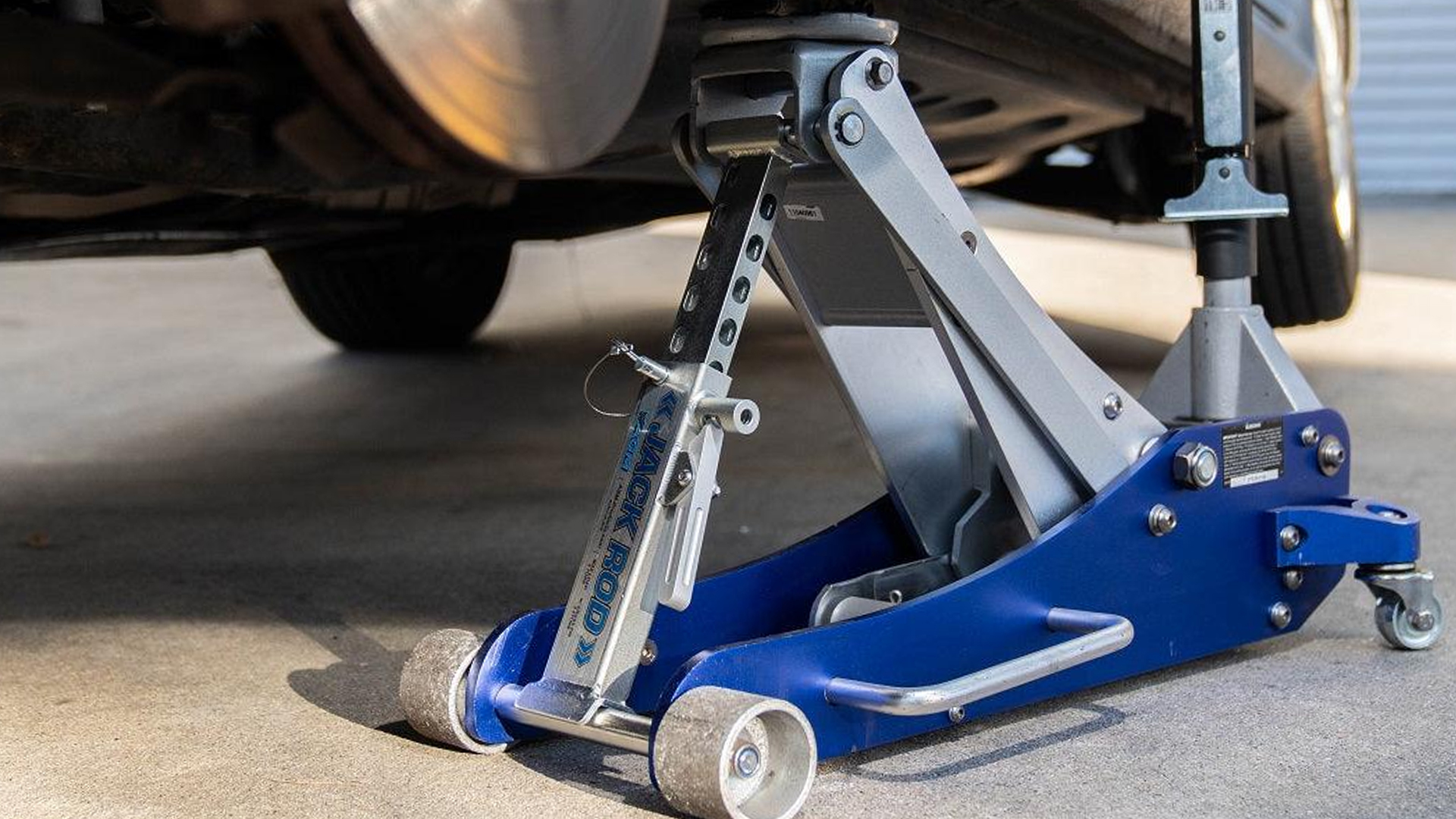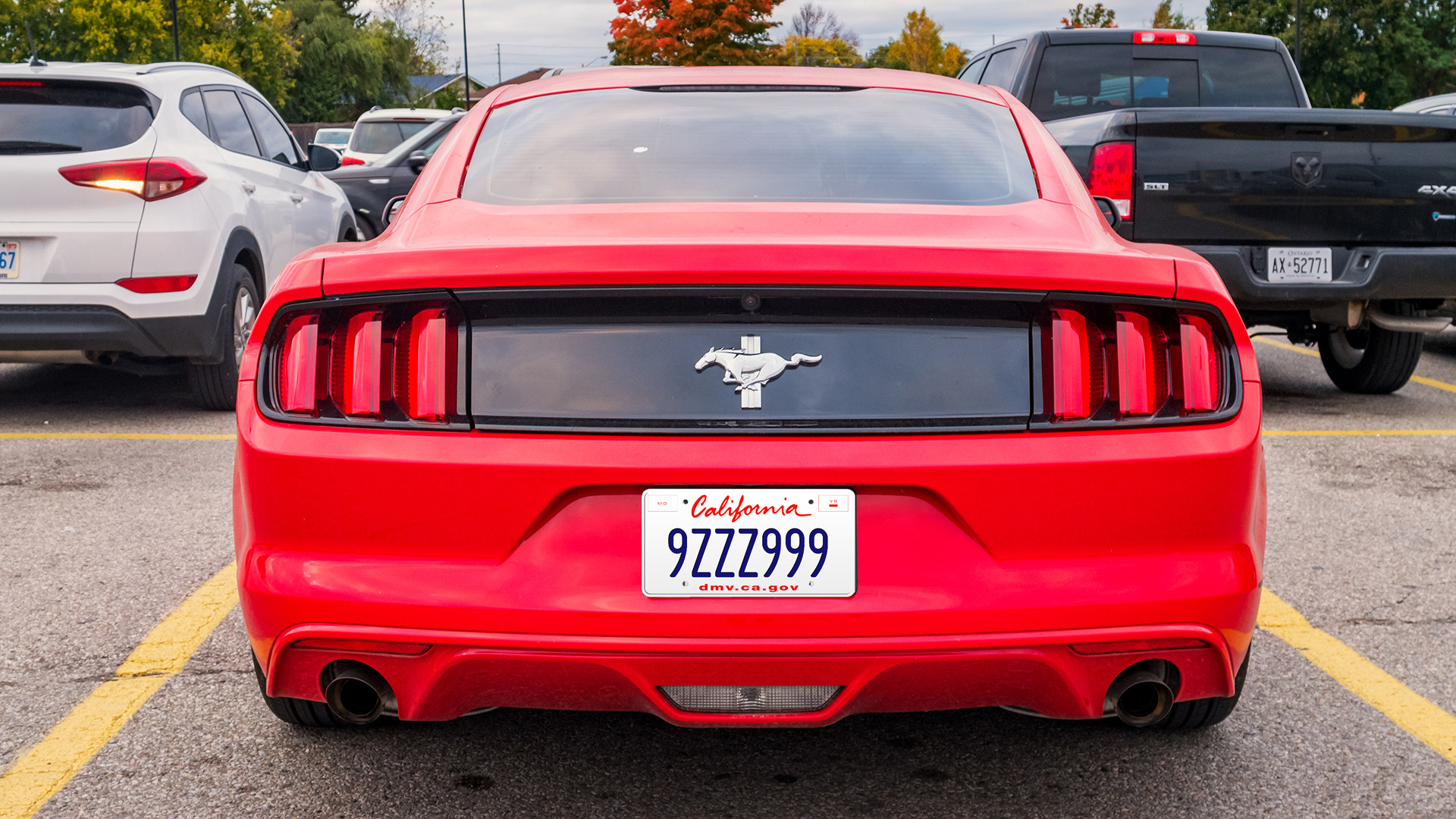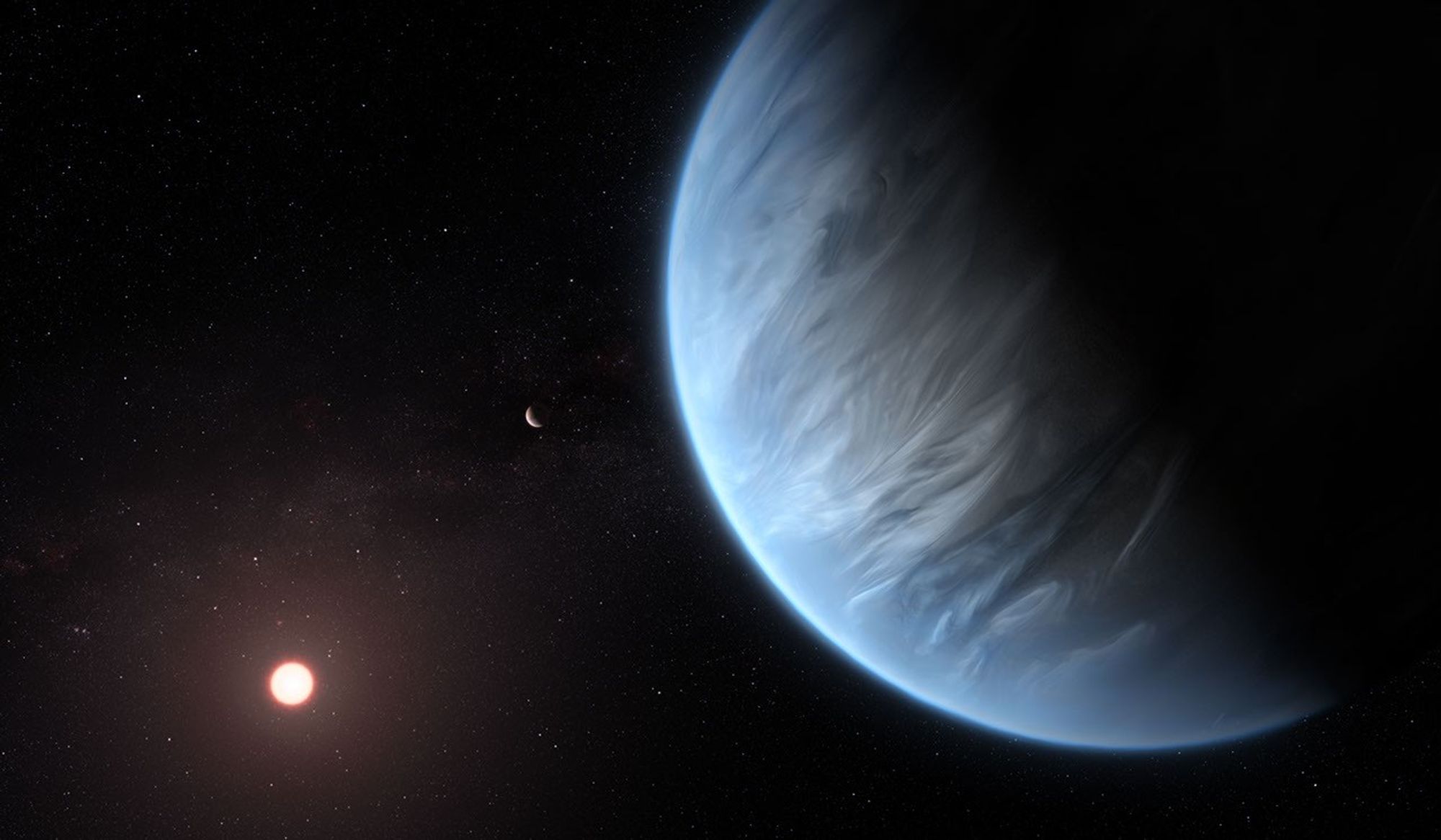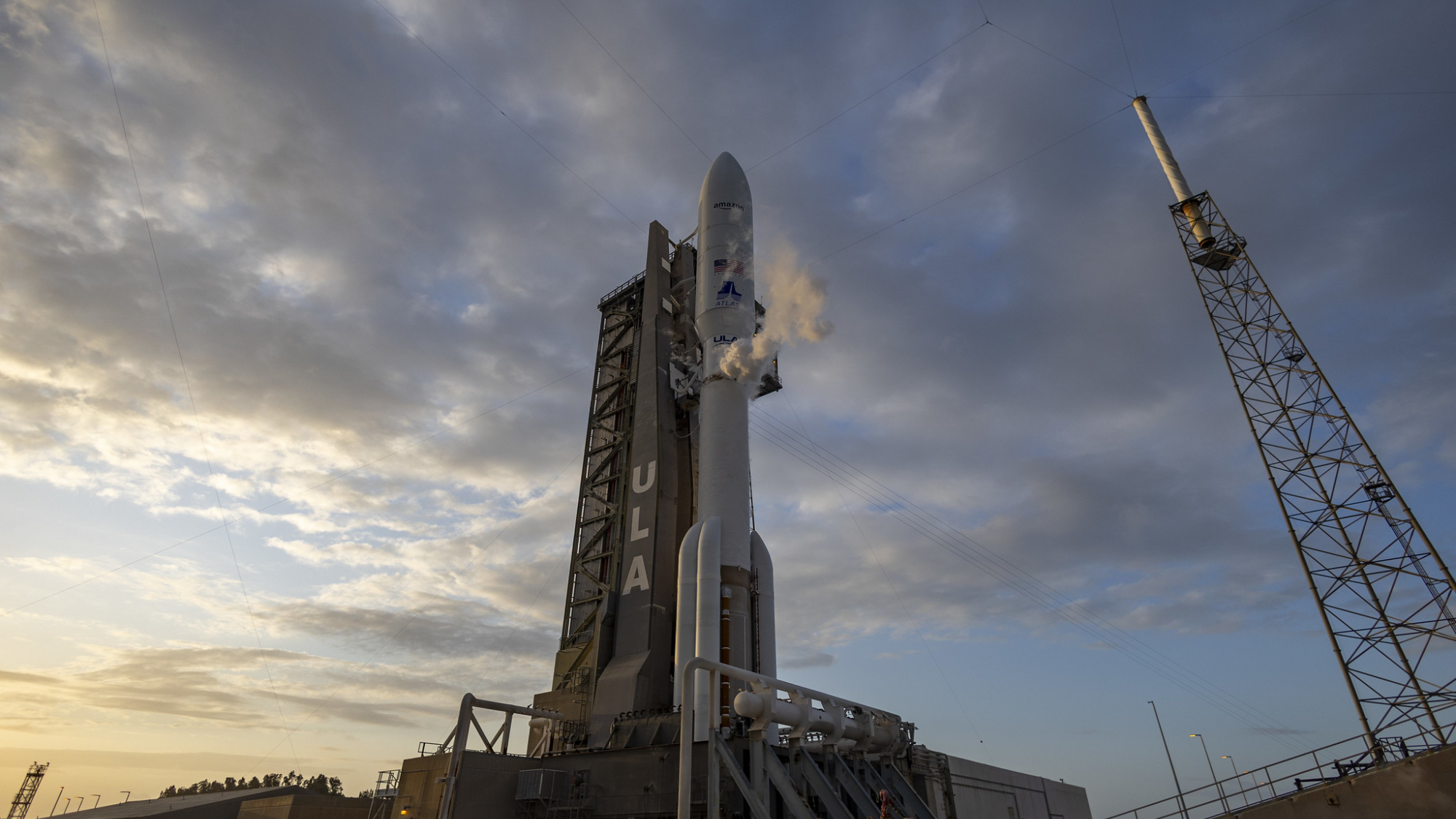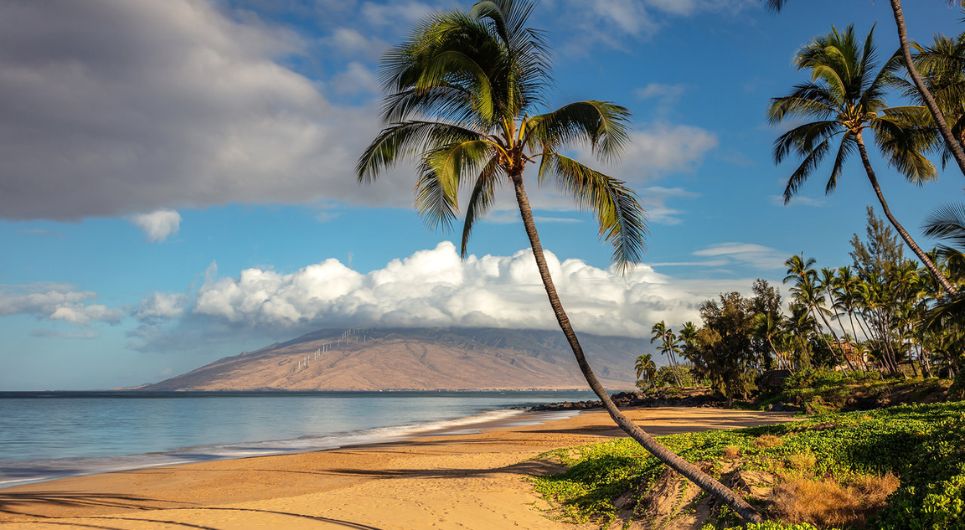We’ve unlocked a holy grail in clean energy. It’s only the beginning.
The tricky thing about generating electricity is that for the most part, you pretty much have to use it or lose it. This fundamental fact has governed and constrained the development of the world’s largest machine: the $2 trillion US power grid. Massive generators send electrons along a continent-wide network of conductors, transformers, cables, and […]


The tricky thing about generating electricity is that for the most part, you pretty much have to use it or lose it.
This fundamental fact has governed and constrained the development of the world’s largest machine: the $2 trillion US power grid. Massive generators send electrons along a continent-wide network of conductors, transformers, cables, and wires into millions of homes and businesses, delicately balancing supply and demand so that every light switch, computer, television, stove, and charging cable will turn on 99.95 percent of the time.
Making sure there are always enough generators spooled up to send electricity to every single power outlet in the country requires precise coordination. And while the amount of electricity actually used can swing drastically throughout the day and year, the grid is built to meet the brief periods of peak demand, like the hot summer days when air conditioning use can double average electricity consumption. Imagine building a 30-lane highway to make sure no driver ever has to tap their brakes. That’s effectively what those who design and run the grid have had to do.
But what if you could just hold onto electricity for a bit and save it for later? You wouldn’t have to overbuild the grid or spend so much effort keeping power generation in equilibrium with users. You could smooth over the drawbacks of intermittent power sources that don’t emit carbon dioxide, like wind and solar. You could have easy local backup power in emergencies when transmission lines are damaged. You may not even need a giant, centralized power grid at all.
That’s the promise of grid-scale energy storage. And while the US has actually been using a crude form of energy storage called pumped hydroelectric power storage for decades, the country is now experiencing a gargantuan surge in energy storage capacity, this time from a technology that most of us are carrying around in our pockets: lithium-ion batteries. Between 2021 and 2024, grid battery capacity increased fivefold. In 2024, the US installed 12.3 gigawatts of energy storage. This year, new grid battery installations are on track to almost double compared to last year. Battery storage capacity now exceeds pumped hydro capacity, totaling more than 26 gigawatts.
There’s still plenty of room to expand — and a pressing need to do so. The power sector remains the second-largest source of greenhouse gas emissions in the US, and there will be no way to add enough intermittent clean energy to sufficiently decarbonize the grid without cheap and plentiful storage.

The aging US grid is also in dire need of upgrades, and batteries can cushion the shock of adding gigawatts of wind and solar while buying some time to perform more extensive renovations. Some power markets are finally starting to understand all the services batteries can provide — frequency regulation, peak shaving, demand response — creating new lines of business. Batteries are also a key tool in building smaller, localized versions of the power grid. These microgrids can power remote communities with reliable power and one day shift the entire power grid into a more decentralized system that can better withstand disruptions like extreme weather.
If we can get it right, true grid-scale battery storage won’t just be an enabler of clean energy, but a way to upgrade the power system for a new era.
How big batteries got so big
Back in 2011, one of my first reporting assignments was heading to a wind farm in West Virginia to attend the inauguration of what was at the time the world’s largest battery energy storage system. Built by AES Energy Storage, it involved thousands of lithium-ion cells in storage containers that together combined to provide 32 megawatts of power and deliver it for about 15 minutes.
“It was eight megawatt-hours total,” said John Zahurancik, who was vice president of AES Energy Storage at the time and showed me around the facility back then. That was about the amount of electricity used by 260 homes in a day.
In the years since, battery storage has increased by orders of magnitude, as Zahurancik’s new job demonstrates. He is now the president of Fluence, a joint venture between AES and Siemens that has deployed 38 gigawatt-hours of storage to date around the world. “The things that we’re building today, many of our projects are over a gigawatt-hour in size,” Zahurancik said.
Last year, the largest storage facility to come online in the US was California’s Edwards & Sanborn Project, which can dispatch 33 GW for several hours. That’s roughly equivalent to the electricity needed to power 4.4 million homes for a day.
It wasn’t a steady climb to this point, however. Overall grid battery capacity in the US barely budged for more than a decade. Then, around 2020, it began to spike upward. What changed?
One shift is that the most common battery storage technology, lithium-ion cells, saw huge price drops and energy density increases. “The very first project we did was in 2008 and it was on the order of $3,000 a kilowatt-hour for the price of the batteries,” said Zahurancik. “Now we’re looking at systems that are on the order of $150, $200 a kilowatt-hour for the full system install.”
That’s partly because the cells on the power grid aren’t that different from those in mobile devices and electric vehicles, so grid batteries have benefited from manufacturing improvements that went into those products.
“It’s all one big pipeline,” said Micah Ziegler, a professor at Georgia Tech who studies clean energy technologies. “The batteries in phones, cars, and the grid all share common characteristics.” Seeing this rising demand, China went big on battery manufacturing and, much as it did in solar panels, created economies of scale to drive global prices down. China now produces 80 percent of the world’s lithium-ion batteries.
The blooming of wind and solar energy created even more demand for batteries and increased the pressure to improve them. The wind and the sun are often the cheapest sources of new electricity, and batteries help compensate for their variability, providing even more reason to scale up storage. “The benefits of this relationship are apparent in the increasing number of power plants that are being proposed and that have already been deployed that combine these resources,” Ziegler said. The combination of solar plus storage accounted for 84 percent of new US power added in 2024.


And because grid batteries don’t have to be small enough to be mobile — unlike the batteries in your laptop or phone — they can take advantage of cheaper, less dense batteries that otherwise might not be suited for something that has to fit in your pocket. There’s even talk of giving old EV batteries a second life on the power grid.
Regulation has also helped. A major hurdle for deploying grid energy storage systems is that they don’t generate electricity on their own, so the rules for how they should connect to the grid and how much battery developers should get paid for their services were messy and restrictive in the past. The Federal Energy Regulatory Commission’s Order 841 removed some of the barriers for energy storage systems to plug into wholesale markets and compete with other forms of power. Though the regulation was issued in 2018, it cleared a major legal challenge in 2020, paving the way for more batteries to plug into the grid.
Eleven states to date including California, Illinois, and Maryland have also set specific procurement targets for energy storage, which require utilities to install a certain amount of storage capacity, creating a push for more grid batteries. Together, these factors created a whole new businesses for power companies, spawned new grid battery companies, and fertilized the ground for a bumper crop of energy storage.
What can energy storage do for you?
Energy storage is the peanut butter to the chocolate of renewable energy, making all the best traits about clean energy even better and balancing out some of its downsides. But it’s also an important ingredient in grid stability, reliability, and resilience, helping ensure a steady flow of megawatts during blackouts and extreme weather.
The most common use is frequency response. The alternating current going through power lines in the US cycles at a frequency of 60 hertz. If the grid dips below this frequency when a power-hungry user switches on, it can trip circuit breakers and cause power instability. Since batteries have nearly zero startup time, unlike thermal generators, they can quickly absorb or transmit power as needed to keep the grid humming the right tune.
Grid batteries can also step in as reserve power when a generator goes offline or when a large power user unexpectedly turns on. They can smooth out the hills and valleys of power load over the course of the day. They also let power providers save electricity when it’s cheap to produce, and sell it back on the grid at times when demand is high and power is expensive. It’s often faster to build a battery facility than an equivalent power plant, and since there are no smokestacks, it’s easier to get permits and approvals.
Batteries have already proven useful for overstressed power networks. As temperatures reached triple digits in Texas last year, batteries provided a record amount of power on the Lone Star State’s grid. ERCOT, the Texas grid operator, didn’t have to ask Texans to turn down their power use like it did in 2023. Between 2020 and 2024, Texas saw a 4,100 percent increase in utility-scale batteries, topping 5.7 gigawatts.

Grid batteries have a halo effect for other power generators too. Most thermal power plants — coal, gas, nuclear — prefer to run at a steady pace. Ramping up and down to match demand takes time and costs money, but with batteries soaking up some of the variability, thermal power plants can stay closer to their most efficient pace, reducing greenhouse gas emissions and keeping costs in check.
Why I reported this story
I have been covering clean energy for more than a decade, growing well-acquainted with the drawbacks of intermittent wind and solar power.
Batteries seemed like an obvious solution, and after one of my earliest reporting assignments, I thought that grid-level energy storage would take off. But the sector sat stagnant for years until it started to rocket upward around 2020.
I was curious about the reason why grid-scale batteries took off so suddenly and what heights they might reach.
“It’s kind of like hybridizing your car,” Zahurancik said. “If you think about a Prius, you have an electric motor and you have a gasoline motor and you make the gas consumption better because the battery absorbs all the variation.”
Another grid battery feature is that they can reduce the need for expensive grid upgrades, said Stephanie Smith, chief operating officer at Eolian, which funds and develops grid energy storage systems. You don’t have to build power lines to accommodate absolute maximum electricity needs if you have a battery — on the generator side or on the demand side — to dish out a few more electrons when needed.
“What we do with standalone batteries, the more and more of those you get, you start to alleviate needs or at least abridge things like new transmission build,” Smith said. These batteries also allow the grid to adapt faster to changing energy needs, like when a factory shuts down or when a new data center powers up.
On balance this leads to a more stable, efficient, cheaper, and cleaner power grid.
Charging up
As good as they are, lithium-ion batteries have their limits. Most grid batteries are designed to store and dispatch electricity over the course of two to eight hours, but the grid also needs ways to stash power for days, weeks, and even months since power demand shifts throughout the year.
There are also some fundamental looming challenges for grid-scale storage. Like most grid-level technologies, energy storage requires a big upfront investment that takes decades to pay back, but there’s a lot of uncertainty right now about how the Trump administration’s tariffs will affect battery imports, whether there will be a recession, and if this disruption will slow electricity demand growth in the years to come. The extraordinary appetite for batteries is increasing competition for the required raw materials, which may increase their prices.
Though China currently dominates the global battery supply chain, the US is working to edge its way in. Under the previous administration, the US Department of Energy invested billions in energy storage factories, supply chains, and research. There are dozens of battery factories in the US now, though most are aimed at electric vehicles. There are 10 US factories slated to start up this year, which would raise the total EV battery manufacturing capacity to 421.5 gigawatt-hours per year. Total global battery manufacturing is projected to reach around 7,900 gigawatt-hours in 2025.

There’s also a long and growing line of projects waiting to connect to the power grid. Interconnection queues for all energy systems, but particularly solar, wind, and batteries, typically last three years or more as project developers produce reliability studies and cope with mounting regulatory paperwork delays.
The Trump administration is also working to undo incentives around clean energy, particularly the 2022 Inflation Reduction Act. The law established robust incentives for clean energy, including tax credits for stand-alone grid energy projects. “I do worry about the IRA because it will change the curve, and quite honestly we cannot afford to change the curve right now with any form of clean energy,” Smith said. On the other hand, Trump’s tariffs may eventually spur even more battery manufacturing within the US.
Still, utility-scale energy storage is a tiny slice of the sprawling US power grid, and there’s enormous room to expand. “Even though we’ve been accelerating and going fast, by and large, we don’t have that much of it,” Zahurancik said. “You could easily see storage becoming 20 or 30 percent of the installed power capacity.”























